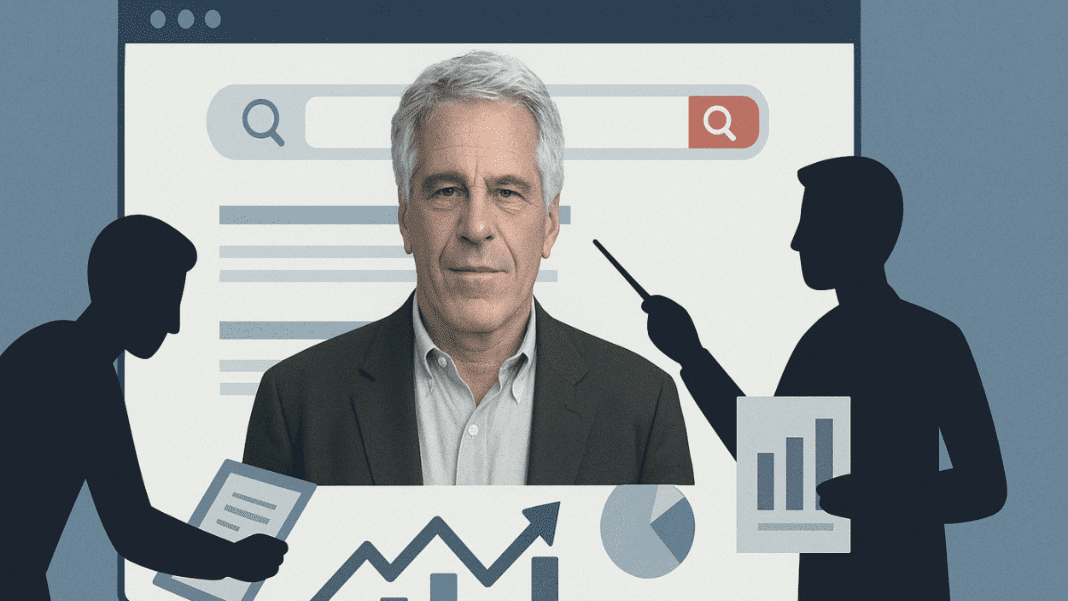In December 2010, Jeffrey Epstein became worried about what people saw when they searched for his name online. At that point, he had already pleaded guilty to soliciting prostitution with a minor and was listed as a sex offender. Days earlier, he had also been photographed walking in a public park with a well-known figure, which brought renewed attention.
Emails released by a government committee show Epstein complaining that “the google page is not good.” He asked why so much money was being spent to clean up results when he felt the progress was limited. He said he still had not received a clear list of charges and felt the outcomes were not matching the payments.
An associate checked Google and reported what had shifted. They noted that his online encyclopedia page, a magazine article, a website using his name, a surgeon with the same name, and a story correctly calling him a sex offender all appeared. They said one major negative article had already been pushed down and that more changes were coming in the next “sweep”. They explained that the remaining link was difficult to move because the site published large amounts of new content every day.
The emails show that Epstein wanted certain links gone and others lifted to the top. His team reviewed results daily and focused on pushing negative stories away from the first page.
SEO Tactics Used to Push Down Bad Coverage
The documents explain how Epstein and his circle used search engine optimization, or SEO, to hide unflattering coverage. These techniques are common in business but were used here to reshape public information about his crimes.
The team added new content to a website created to make him look like a supporter of science and philanthropy. They discussed highlighting people who shared his name to mix search results. They also planned to move non-mugshot photos higher in Google Images and reduce “toxic” suggested terms that appeared when typing his name.
Experts who reviewed the messages said many of the methods used were standard SEO practices at the time, such as publishing fresh content and building links from well-known sites.
One major target was his page on a popular online encyclopedia, which held strong influence on Google. Emails show an associate saying they had a “big success” by changing section headers to emphasize charity, replacing the mugshot photo, and adding more favorable details. Edit records from that period show added paragraphs about his foundation, removal of a category naming him as a sex offender, and changes in wording meant to soften descriptions. Reports years later raised questions that some edits may have been part of paid or coordinated efforts.
Plaskett’s rise from oversight member to impeachment manager now shadowed by Epstein revelations
PR Plans, High Costs, and Planted Articles
The released documents also show that PR firms helped shape the strategy. One plan from mid-2011 advised reducing his name in tabloids, presenting him as involved in science and technology, cleaning up Google, and arranging contact with selected writers.
Another message in late 2011 recommended hiring a reputation-management company that claimed to push down negative results using algorithms. The work was expected to take about a year and cost between $10,000 and $15,000 each month.
Throughout the emails, Epstein questioned unexpected fees. Experts said the prices he paid were actually low for such extensive cleanup work.
During this period, positive articles praising Epstein’s business and science interests appeared on digital outlets that allowed contributors to post with little review. These articles were later removed in 2019 after reporters began asking questions.
In one message from December 2010, after a discussion about charges, an associate added a short, sudden line: “I must talk to you about the island thing asap.” The email ended there, leaving the topic unexplained.





